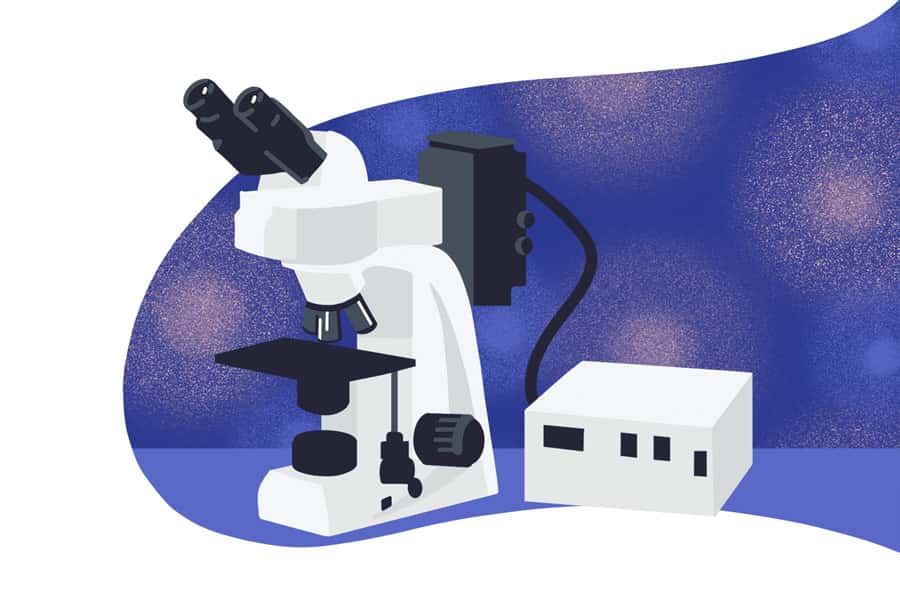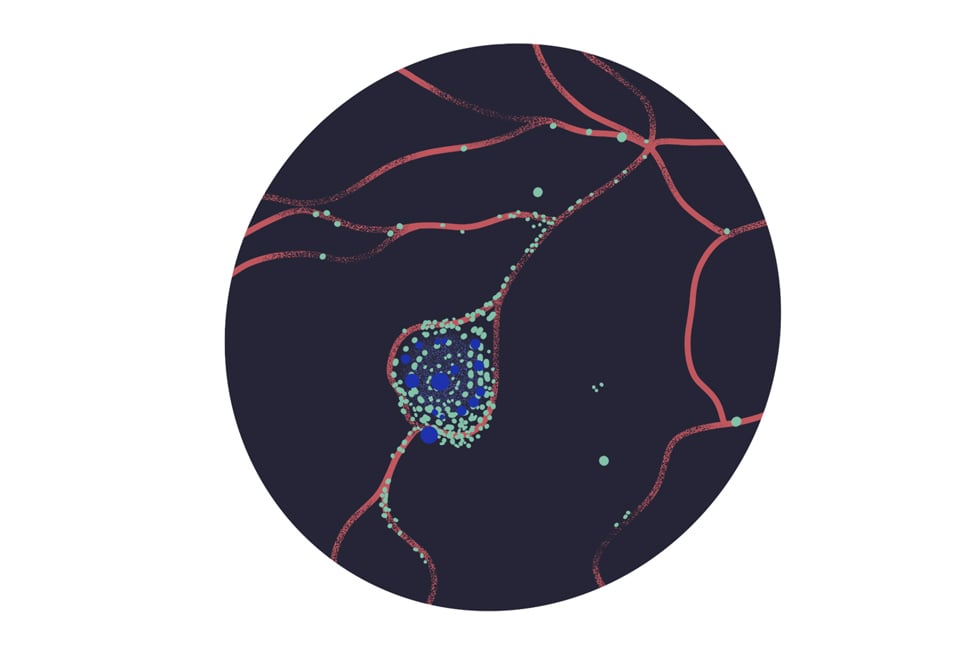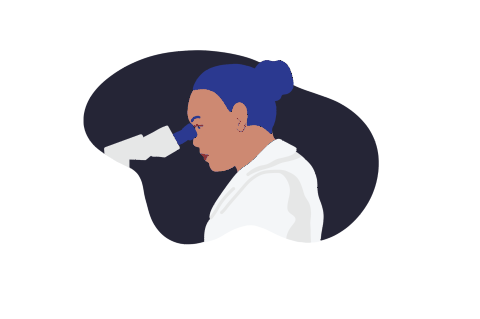Safely annotate microscopic findings such as drug efficiency or toxicity in the dark, complement your image recognition software, and move from R&D feasibility to commercialization in regulated industries with user-based Audit Trails.


In the highly regulated pharmaceutical industry, all scientific processes and results must be recorded and validated. However, methods such as fluorescent microscopy, must be performed in the dark, which makes it very difficult to accurately record experimental conditions and results in a compliant way. Before using LabTwin, a top 10 pharma scientist had to leave the microscope room or turn on a dim light to write down her results with pen and paper before transferring them to an ELN or LIMS.
Scientists can record key observations and data when performing microscopy in the dark, thus allowing GxP compliance in all experimental conditions. LabTwin’s digital lab assistant automatically transcribes voice notes and adds them to existing digital documentation while complying with user-management and security regulations.

We are waiting to support your next-generation lab informatics. The Lab of the Future is here.

© 2019-2021 All Rights Reserved. LabTwin® is a registered trademark of LabTwin GmbH.